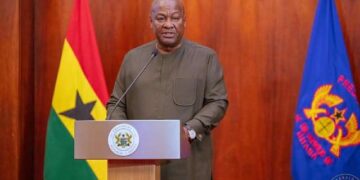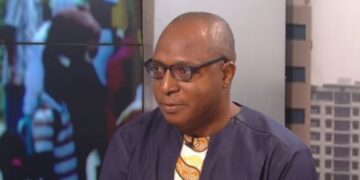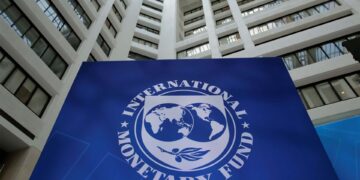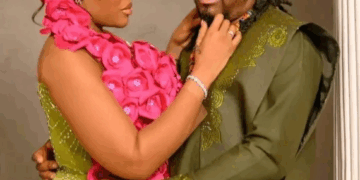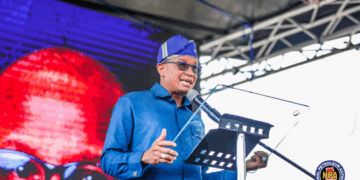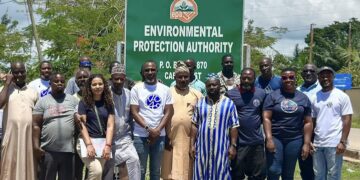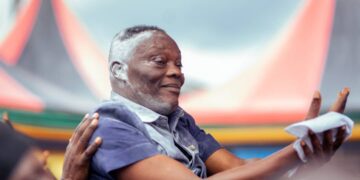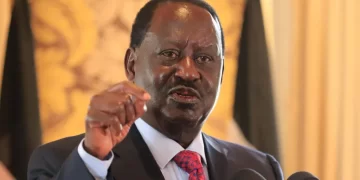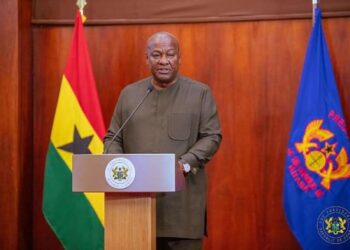King Philippe has handed over to the Democratic Republic of Congo the first of some 84,000 artefacts looted during the colonial era that Belgium has agreed to return.
It is a mask, called Kakungu, that was previously exhibited at Belgium’s Royal Museum for Central Africa.
King Philippe and Queen Mathilde are on a visit to DR Congo at the invitation of President Félix Tshisekedi.
Belgium’s colonial record in DR Congo was one of the most brutal in Africa.
The newly returned mask was used during healing ceremonies by the Suku community, from the south-west of the country.
It was bought by an art dealer 70 years ago before being exhibited at the Belgian museum.

King Phillipe said the object was on “indefinite loan” to DR Congo.
“I wanted, during our visit at the National Museum and in your presence, to return to you this exceptional work in order to allow Congolese to discover and admire it,” the king said.
“It marks the symbolic beginning of the reinforcement of the cultural collaboration between Belgium and Congo,” he continued.
Many more artefacts are to be returned from the Royal Museum for Central Africa, nearly 70% of whose art objects were seized during the colonial period.
After the handover an agreement was signed to open cultural collaboration between DR Congo’s National Museum and the Royal Museum for Central Africa, but the details have not been made public.
King Philippe’s aunt, Princess Esmerelda told the BBC it was right that the looted objects were returned.
“Former European colonial powers should own up to the past,” she told the BBC’s World Tonight programme.
“I strongly believe that artefacts that were stolen from so many countries in Africa and elsewhere should go back to where they belong.”
Millions of Congolese suffered acts of cruelty under colonisation, particularly during the reign of King Leopold II, who owned the Congo Free State as his personal property.

In 2020, King Phillipe wrote to President Tshisekedi on the 60th anniversary of the country’s independence expressing his “deepest regrets” for the colonial abuses committed under his ancestors.
But Princess Esmerelda said more was needed: “I feel that probably the apologies should be coming soon, formal apologies for the past and for the colonial atrocities that were committed”.

Why was Belgium’s colonial rule so brutal?
- Belgium controlled the central African country from the 19th Century until it won its independence in 1960
- More than 10 million Africans are thought to have died during King Leopold II’s reign from disease, colonial abuses, and while working on plantations for him
- Authorities would chop off the limbs of enslaved people when they did not meet quotas of materials such as rubber demanded by the crown

King Phillipe’s week-long visit, his first since ascending the throne in 2013, has received a mixed reception from people the BBC spoke to in Kinshasa.
“I’m very happy about this visit, because the country has been going badly since the Belgians left,” one person said.
Read Also: APC presidential primary: Bola Tinubu to contest Nigeria election
While another was less enthusiastic: “The president decides to invite the Belgian king, to do what, to loot us again?”
As part of the trip, King Phillipe also met Corporal Albert Kunyuku, the last surviving Congolese World War II veteran who fought alongside the Belgians. At a memorial of former fighters a wreath was laid, and King Phillipe presented Corp Kunyuku with a medal.
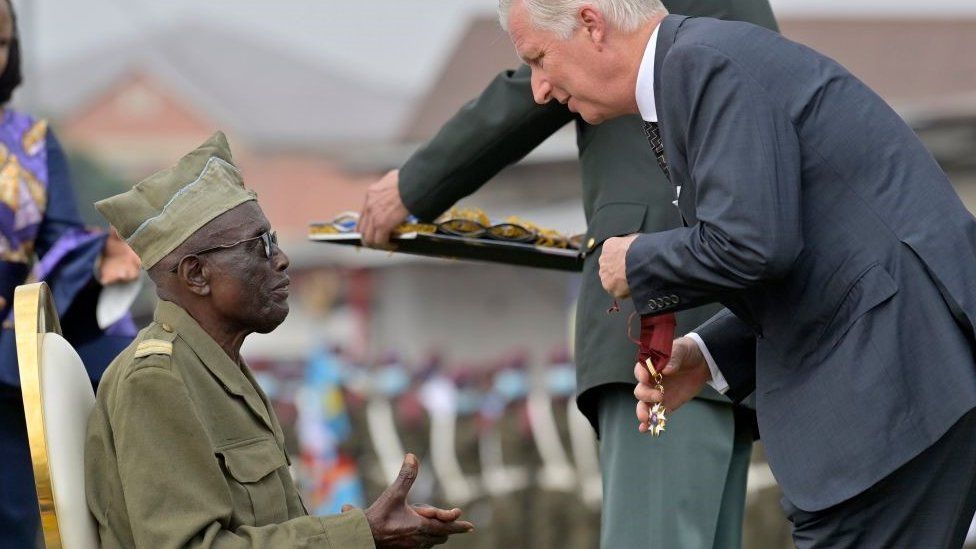
SOURCE: BBCNEWS

